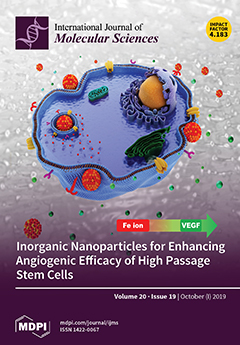Nitrogen is a key macronutrient needed by plants to boost their production, but the development of cotton genotypes through conventional approaches has hit a bottleneck due to the narrow genetic base of the elite cotton cultivars, due to intensive selection and inbreeding. Based on our previous research, in which the BC
2F
2 generations developed from two upland cotton genotypes, an abiotic stress-tolerant genotype,
G. tomentosum (donor parent) and a highly-susceptible, and a highly-susceptible, but very productive,
G. hirsutum (recurrent parent), were profiled under drought stress conditions. The phenotypic and the genotypic data generated through genotyping by sequencing (GBS) were integrated to map drought-tolerant quantitative trait loci (QTLs). Within the stable QTLs region for the various drought tolerance traits, a nodule-inception-like protein (NLP) gene was identified. We performed a phylogenetic analysis of the NLP proteins, mapped their chromosomal positions, intron-exon structures and conducted ds/dn analysis, which showed that most
NLP genes underwent negative or purifying selection. Moreover, the functions of one of the highly upregulated genes,
Gh_A05G3286 (Gh NLP5), were evaluated using the virus gene silencing (VIGS) mechanism. A total of 226 proteins encoded by the
NLP genes were identified, with 105, 61, and 60 in
Gossypium hirsutum, G. raimondii, and
G. arboreum, respectively. Comprehensive Insilico analysis revealed that the proteins encoded by the
NLP genes had varying molecular weights, protein lengths, isoelectric points (
pI), and grand hydropathy values (GRAVY). The GRAVY values ranged from a negative one to zero, showing that proteins were hydrophilic. Moreover, various
cis-regulatory elements that are the binding sites for stress-associated transcription factors were found in the promoters of various
NLP genes. In addition, many miRNAs were predicted to target
NLP genes, notably miR167a, miR167b, miR160, and miR167 that were previously shown to target five
NAC genes, including
NAC1 and
CUC1, under N-limited conditions. The real-time quantitative polymerase chain reaction (RT-qPCR) analysis, revealed that five genes,
Gh_D02G2018, Gh_A12G0439, Gh_A03G0493, Gh_A03G1178, and
Gh_A05G3286 were significantly upregulated and perhaps could be the key
NLP genes regulating plant response under N-limited conditions. Furthermore, the knockdown of the
Gh_A05G3286 (GhNLP5) gene by virus-induced silencing (VIGS) significantly reduced the ability of these plants to the knockdown of the
Gh_A05G3286 (GhNLP5) gene by virus-induced gene silencing (VIGS) significantly reduced the ability of the VIGS-plants to tolerate N-limited conditions compared to the wild types (WT). The VIGS-plants registered lower chlorophyll content, fresh shoot biomass, and fresh root biomass, addition to higher levels of malondialdehyde (MDA) and significantly reduced levels of proline, and superoxide dismutase (SOD) compared to the WT under N-limited conditions. Subsequently, the expression levels of the Nitrogen-stress responsive genes,
GhTap46, GhRPL18A, and
GhKLU were shown to be significantly downregulated in VIGS-plants compared to their WT under N-limited conditions. The downregulation of the nitrogen-stress responsive genes provided evidence that the silenced gene had an integral role in enhancing cotton plant tolerance to N-limited conditions.
Full article






